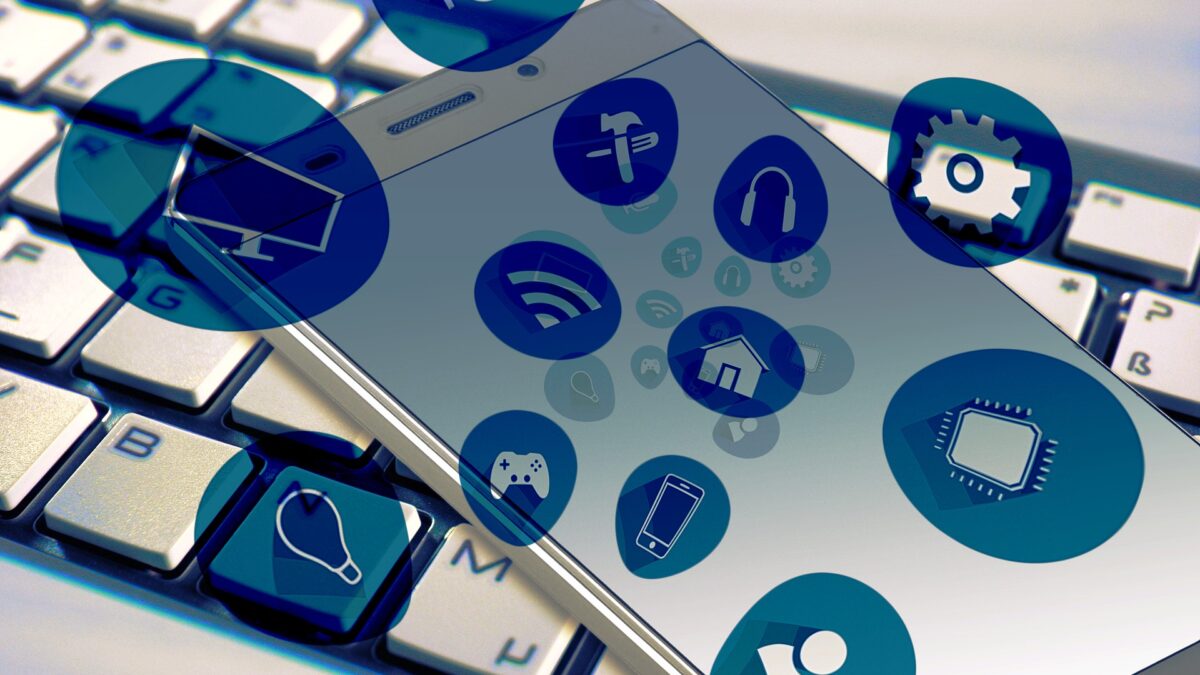Just a few years ago turning the light on and off, controlling your AC system, or seeing whoever rings the doorbell only with the help of your phone seemed unimaginable. Yet, smart home technology is now a thing, and for the better or, the worse, this seems like it’s our future. Many people can’t grasp how to create a smart home app, yet it’s not all rocket science. So, in today’s article, we are working on talking about a few things to keep in mind when building a smart home application.
Table of Contents
Toggle1. Security Is Everything
People turn to smart home technology to improve the security of their houses. Yet, the constant interaction between the devices and the smart home app leads to a significant flow of information that can be vulnerable. Protecting the users’ privacy is of utmost importance, and all of that data stream must be stored somewhere. You might have two ideas of where you could keep all of that information, so let’s talk about that.
I’m sure you’ve thought about cloud storage. After all, it’s a straightforward way to store data. The info can be accessed by the user from any place with an internet connection, being a cloud you know that the data can be stored even if the hardware or software components of the smart home fail.
Yet, all of that comes with a problem, and that’s security. Cloud storage can make all of that information vulnerable to any hacking attacks. So, how can we make sure that the user’s info is safe?
Well, by storing the data within the smart home itself, via an SD card or an FTP server. While it’s certainly much safer than the other method, we’ve just mentioned, note that it can turn out to be more expensive and more power-consuming on the user’s part.
Also Read: Best Apps for Engineering Students Need to Have in their Smartphones
2. Key Features
Now, when it comes to smart home app development, there are some features that any app of this sort should have. One of the first ones being user registration. You can’t let the user log in with social media accounts, mainly due to security reasons. Make sure to create a 2FA system to ensure that the user is the owner of the house.
Сonsider creating a section where you’ll include tips and tutorials where you’ll explain how to use the app properly to improve the user experience and allow your users to get familiar with your app.
And finally, notifications are a must. The users must be notified right away when a problem arises, such as a break-in, flooding, gas leak, smoke detection, etc., so they can take action as fast as possible.
Also Read: What are the Five Best Streaming Apps?
3. Personalization
A smart home application can bring control of multiple devices within a single dashboard. With that says, letting the users personalize the app to their liking is something you should take into consideration.
For example, please make it so the users can add their preferred devices within their homepage. That way, they will be able to control them much more comfortable. Another thing you can do is grant the users the ability to create a routine.
For example, by the time the user wakes up, the blinds should automatically open up, or by the time he gets home from the effort, the house will already be at a comfortable temperature.
Shashi Teja
Related posts
Hot Topics
Understanding TruthFinder’s Background Check Features
Background checks have become increasingly relevant for personal safety and information gathering in digital environments. TruthFinder offers comprehensive background check…
How MLOps Is Shaping the Future of AI in Business
Artificial intelligence (AI) has evolved from a futuristic idea to a strategic necessity for companies looking to innovate, grow, and…



